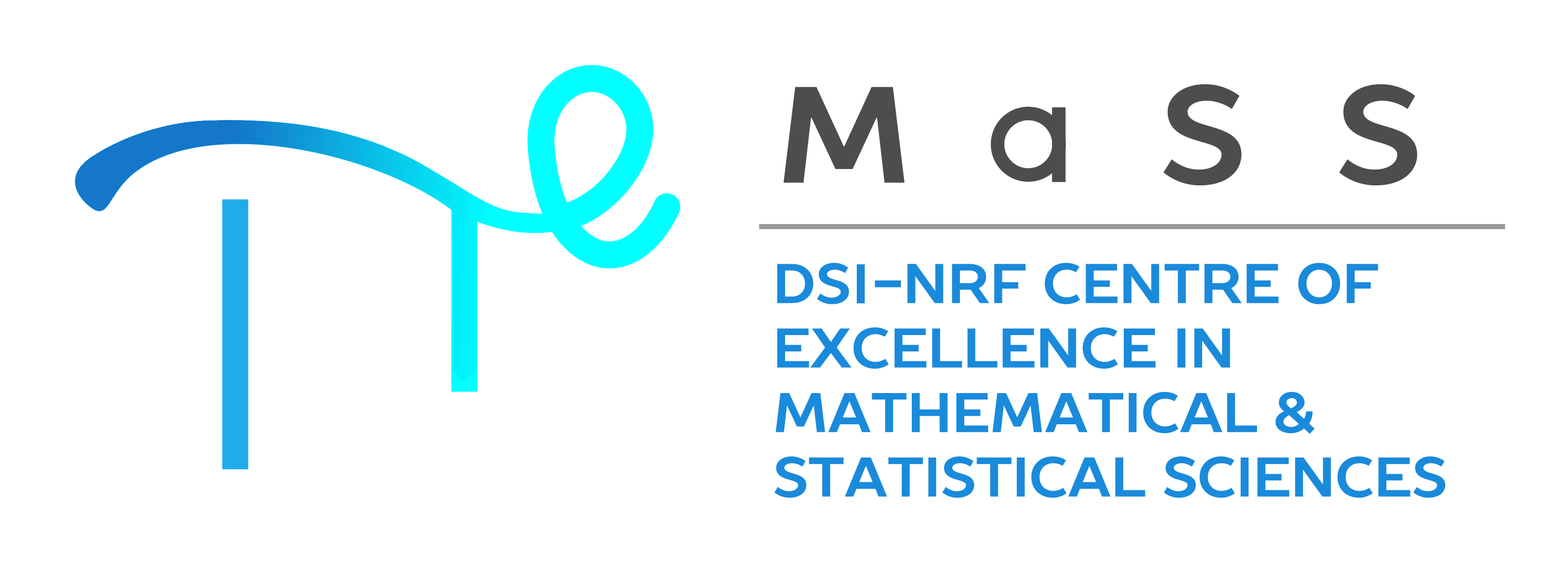Configurational peridynamics
Andie de Villiers\(^*\), Stellenbosch
University,
Ali Javili, Bilkent
University,
Paul Steinmann, University of
Erlangen-Nuremberg,
Andrew McBride, University of
Glasgow
SAMS Subject Classification Number: 23
Peridynamics (PD) is a non-local continuum mechanics theory established
by Stewart Silling [1]. PD was originally developed to overcome
challenges encountered in the classical continuum mechanics formulation
when discontinuities such as cracks are present. PD is a continuum
formulation characterised by material points associated with a finite
volume. The material points that lay within a certain cut-off radius
influence each other. The resulting governing equation of PD is an
integro-differential equation, thereby side-stepping issues with
evaluating a spatial derivative in the presence of a discontinuity. PD
have evolved over the years and there are different approaches to
overcome some of the initial shortcomings of the theory.
Continuum-kinematics inspired peridynamics (CPD) uses basic kinematic
entities from CCM by including deformation measures for line, area and
volume of neighbouring points in the determination of material behaviour
[2]. CPD is variationally consistent and the internal energy of the
system is decomposed into parts due to one-neighbour, two-neighbour, and
three-neighbour interactions.
Configurational mechanics is concerned with energetic changes that accompanies a variation of the material configuration. In contrast to deformational mechanics where the stationary point of a spatial variation of the total potential energy yields equations for equilibrium, the material variation of the total potential energy employed in configurational mechanics does not in general renders a stationary point but rather defines a change of potential energy. If this release of energy is sufficient, it can be dissipated in the creation of new crack surfaces [3]. Configurational PD has the potential to offer a novel and energy driven model for damage and fracture that is non-local and fully non-linear. This contribution will present the theoretical framework for configurational PD and configurational CPD along with numerical examples that illustrate what configurational forces can tell us.
References
[1] S. A. Silling, Reformulation of elasticity theory for discontinuities and long-range forces, Journal of the Mechanics and Physics of Solids, 48, no. 1 (2000), 175–209.
[2] A. Javili, A. McBride, and P. Steinmann, Continuum-kinematics-inspired peridynamics. Mechanical problems, Journal of the Mechanics and Physics of Solids, 131 (2019), 125–146.
[3] P Steinmann, M. Scherer, and R. Denzer, Secret and joy of configurational mechanics: From foundations in continuum mechanics to applications in computational mechanics, ZAMM-Journal of Applied Mathematics and Mechanics, 89, no. 8 (2009), 614–630.


